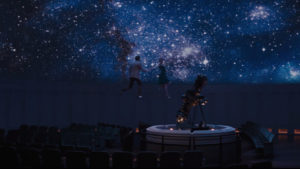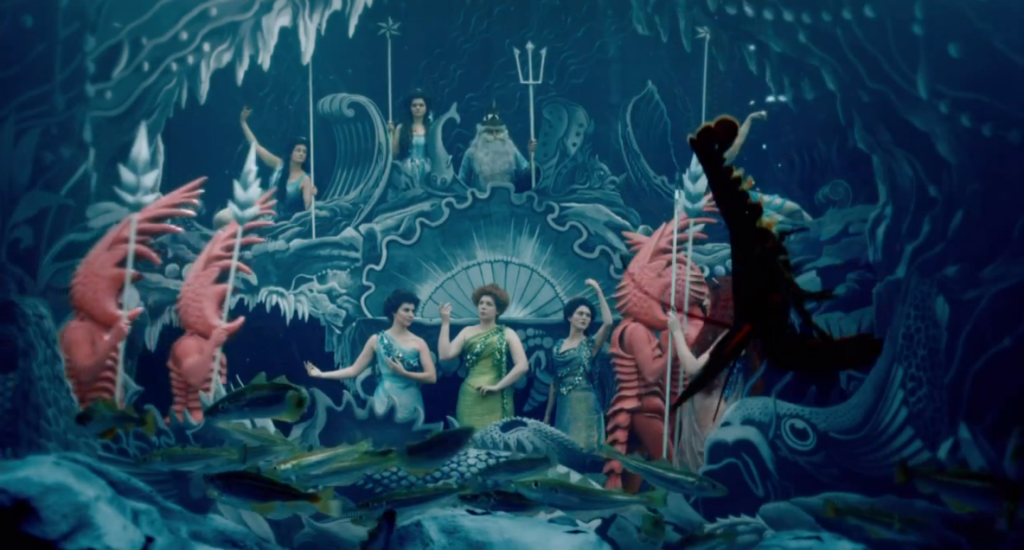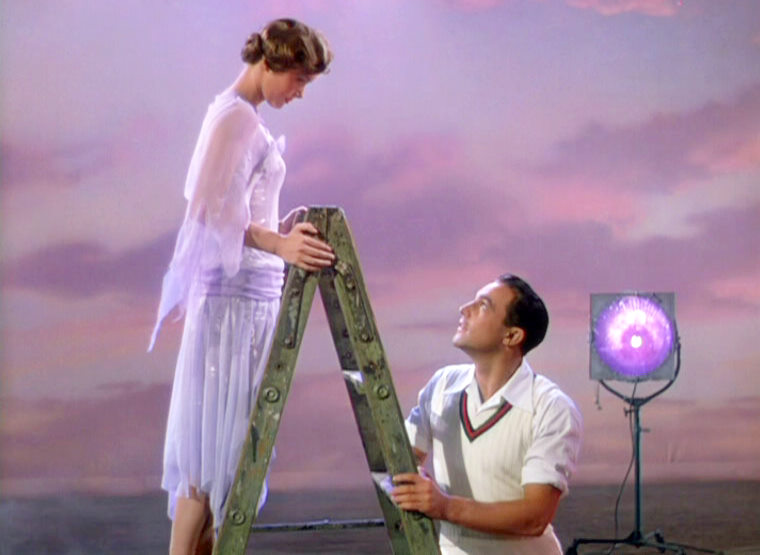Cinema is possibly the greatest escape from everyday life that mankind has come up with so far. It’s an art form that can transport its viewer immediately from a hotel room in Tokyo to a walk through Central Park. It allows us to experience life through the lens of people we’ll never meet, usually people who never existed at all.
It’s largely credited with giving Americans a little ray of hope in the face of the Great Depression. Every year, I kid you not, we consume 14 billion quarts of popped popcorn on the side of our favorite flicks.
I recently saw and became a fan of the film La La Land, which inspired me to write this post about my favorite cinema-centric films.
La La Land

If you can’t remember what you wanted to be when you grew up or think people who move to Hollywood in pursuit of a dream are stupid, this film isn’t for you. Stay home and watch the evening news.
The film stars Emma Stone as aspiring actress Mia, in her most loveable role yet. Ryan Gosling plays Sebastian, a jazz-obsessed musician who dreams of opening his own jazz bar. After a few accidental run-ins, it becomes clear that they’re kindred spirits and you come to cheer them on as they push each other closer to their dreams.
The film plucks out the very best things about LA, from the twinkling view from the Hollywood Hills to the unique pleasure of a nighttime visit to the Griffith Observatory – which I am now embarrassed to admit, I never got around to doing when I lived there.
Obviously I won’t give away the ending, but it feels like an achingly fate-fueled, bittersweet rhapsody set five years after the rest of the film’s events.

It’s a sweet, adorable salute to film, to the arts, to the City of Angels and its backdrop of palm trees, and as Mia states at one point in the film, to “the fools who dream.”
Cinema Paradiso
This film speaks volumes about how you can fall in love with Hollywood thousands of miles away from Hollywood itself. It’s not only one of my favorite films about film, but one of my favorite films ever along with fellow Italian film La Strada.
It traces the roots of a very famous Italian director’s love for film back to his childhood in a small Sicilian town. The main character, Salvatore, practically grows up in a movie house, where projector Alfredo mentors him on film and life.
As Salvatore grows up through the lens of film-fueled fantasies, his own life becomes beautifully, tragically cinematic. There are kisses in the rain, romantic montages and the devastation of lost love that lead Salvatore to depart for Rome and make his mark on the world as a film legend. But this film is about coming home as much as it is about chasing dreams.
If there’s one part of the movie you should take a few minutes you watch, it’s the last three minutes – a sentimental testament to the timeless, nameless feeling of classic cinema.
The local priest ordered all kissing scenes to be cut from screened films, deeming them inappropriate. Here, the main character watches a montage made up of all scenes that were cut over the years.
Hugo
Confession: my first inkling of what Le Voyage dans la Lune was actually came from the Smashing Pumpkins video for “Tonight, Tonight.” I was impressed when I discovered the silent film from which it originated in a college film class. Considering the fact that this film by Georges Méliès came out in 1902(!) and still captivates at the same level of modern cinema, that’s pretty rad.
You might not realize it when you sit down to watch Hugo, but Méliès and his work plays a major part in the plot. It traces the French filmmaker past his movie-making days to a time when he withdrew from the arts world and worked as a toy salesman at a Parisian train station.

Richard Corliss of Time magazine called Hugo “Scorsese’s love poem…restores both the reputation of an early pioneer and the glory of movie history.”
The film cements director Martin Scorcese’s genuine love and appreciation for the history of his craft. To be honest, it’s a bit more of a movie fanatic’s dream than a straight-shooting children’s film, but it’s heartwarming all over.
Singin’ in the Rain
Yes, another musical to round out the set. The 1950s produced a lot of cheesy musicals, but Singin’ in the Rain goes a layer deeper. It’s actually got some heavier subject matter about the rise of “talkies,” the first films to feature audible dialog.

It’s kind of funny that most people just equate this film with a guy who sings in the rain because that hardly has much to do with the rest of the plot, which revolves mainly around the film revolution brought on by groundbreaking film The Jazz Singer. There are so many scenes that show how that one film changed movies as we know them.
There are so many scenes that show how much coordinated effort it took to create the elaborate numbers in old Hollywood film scenes. It’s a real glimpse behind the curtain of “the studio system,” a throwback to the Golden Age of Hollywood. And also, a girl pops out of a cake so that’s always a win.
Leave a Reply